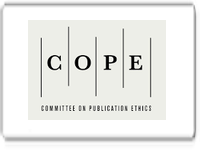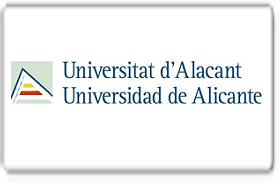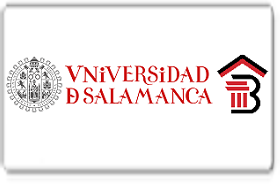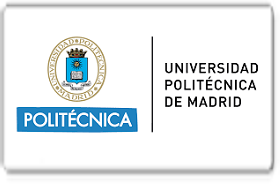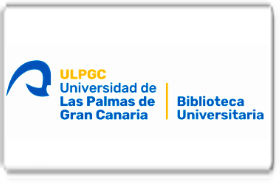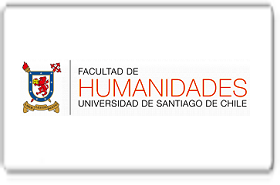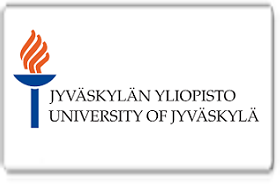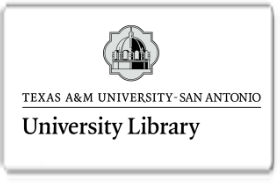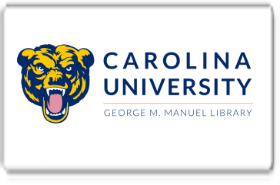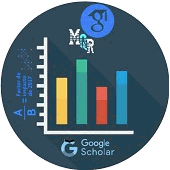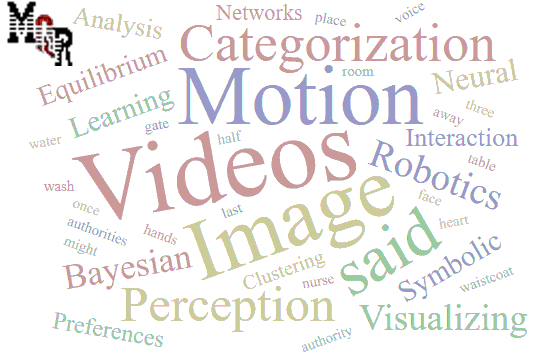Exploración comparativa de los métodos numéricos de Newton-Raphson y bisección para la resolución de ecuaciones no lineales
DOI:
https://doi.org/10.56048/MQR20225.8.2.2024.642-655Palabras clave:
Convergencia; iteración; precisión; matemáticaResumen
Resumen
La resolución de ecuaciones no lineales es crucial en diversos campos científicos y de ingeniería. Desde determinar las raíces de ecuaciones algebraicas hasta resolver sistemas de ecuaciones diferenciales, obtener soluciones numéricas precisas y eficientes es esencial para modelar y analizar una amplia variedad de fenómenos naturales. El objetivo de este artículo fue realizar una exploración comparativa de los métodos numéricos de Newton-Raphson y bisección para la resolución de ecuaciones no lineales. Se analizó la solución de tres problemas incluyendo ecuaciones polinómicas, exponenciales y trigonométricas. Los resultados obtenidos por los dos métodos fueron comparados y discutidos según la precisión y velocidad de convergencia. Se concluyó que la combinación de ambos métodos permitió una convergencia óptima, aprovechando la velocidad de convergencia y precisión del método de Newton-Raphson y la robustez del método de bisección. Esta sinergia proporcionó una solución efectiva y eficiente para una amplia gama de problemas en ingeniería, ciencias y matemáticas aplicadas, mejorando la resolución de ecuaciones no lineales en función de las características específicas del problema y los requisitos de precisión y eficiencia.
Descargas
Métricas
Cited
DOI: 10.56048![]()
Citas
Albalawi, W., Salas, A. H., El-Tantawy, S. A., & Youssef, A. A. A. R. (2021). Approximate analytical and numerical solutions to the damped pendulum oscillator: Newton–Raphson and moving boundary methods. Journal of Taibah University for Science, 15(1), 479–485. https://doi.org/10.1080/16583655.2021.1989739
Chapra, S., & Canele, R. (2016). Métodos numéricos para ingenieros - 5a edición | Enhanced Reader. moz-extension://14d71c70-8007-4614-91c9-93b5cc3f52fb/enhanced-reader.html?openApp&pdf=http%3A%2F%2Fartemisa.unicauca.edu.co%2F~cardila%2FChapra.pdf
Chu, W., Zhao, Y., & Yuan, H. (2022). A Novel Divisional Bisection Method for the Symmetric Tridiagonal Eigenvalue Problem. Mathematics, 10(15), 2782. https://doi.org/10.3390/MATH10152782
Cockayne, J., Oates, C. J., Sullivan, T. J., & Girolami, M. (2019). Bayesian probabilistic numerical methods. SIAM Review, 61(4), 756–789. https://doi.org/10.1137/17M1139357/SUPPL_FILE/M113935SUPMAT.PDF
Doabil, L., Azure, I., & Aloliga, G. (2019). Comparative Study of Numerical Methods for Solving Non-linear Equations Using Manual Computation. Mathematics Letters, 5(4), 41–46. https://doi.org/10.11648/j.ml.20190504.11
Dutto, S., Masetti, G., Chiaradonna, S., & Di Giandomenico, F. (2019). On Extending and Comparing Newton-Raphson Variants for Solving Power-Flow Equations. IEEE Transactions on Power Systems, 34(4), 2577–2587. https://doi.org/10.1109/TPWRS.2019.2897640
Elghandour, A. N., Salah, A. M., Elmasry, Y. A., & Karawia, A. A. (2021). An Image Encryption Algorithm Based on Bisection Method and One-Dimensional Piecewise Chaotic Map. IEEE Access, 9, 43411–43421. https://doi.org/10.1109/ACCESS.2021.3065810
Fiorentino, A., Ginestra, P. S., Attanasio, A., & Ceretti, E. (2020). Numerical Optimization of the Blank Dimensions in Tube Hydroforming Using Line-Search and Bisection Methods. Materials 2020, Vol. 13, Page 945, 13(4), 945. https://doi.org/10.3390/MA13040945
Gulshan, G., Budak, H., Hussain, R., & Sadiq, A. (2023). Generalization of the bisection method and its applications in nonlinear equations. Advances in Continuous and Discrete Models, 2023(1), 1–12. https://doi.org/10.1186/S13662-023-03765-5/TABLES/15
Hamadi, A. H., Rasheed, M., Shihab, S., Rashid, T., & Diab Ounis, T. (2024). Determination of PV Model Parameters Using Bisection and Secant Methods. Journal of Al-Qadisiyah for Computer Science and Mathematics, 13(1), 43. https://doi.org/10.29304/jqcm.2021.13.1.744
Henry Johnson, E., Ozuomba, S., & Okon Asuquo, I. (2019). Determination of Wireless Communication Links Optimal Transmission Range Using Improved Bisection Algorithm. Universal Journal of Communications and Network, 7(1), 9–20. https://doi.org/10.13189/ujcn.2019.070102
Izadi, M. (2020). Applications of the Newton-Raphson method in a SDFEM for inviscid Burgers equation Computational Methods for Differential Equations Applications of the Newton-Raphson method in a SDFEM for inviscid Burgers equation. CMDE, 8(4), 708–732. https://doi.org/10.22034/cmde.2020.32615.1513
Liu, L., Ren, Y., Lin, Z., & Zhao, Z. (2022). Pseudo Numerical Methods for Diffusion Models on Manifolds. ICLR 2022 - 10th International Conference on Learning Representations. https://arxiv.org/abs/2202.09778v2
Liu, Y., & Lin, R. (2024). A Bisection method for computing the proximal operator of the ℓp-norm for any 0
https://doi.org/10.1016/J.CAM.2024.115897
Liu, Z., Zhang, X., Su, M., Sun, Y., Han, H., & Wang, P. (2020). Convergence analysis of newton-raphson method in feasible power-flow for dc network. IEEE Transactions on Power Systems, 35(5), 4100–4103. https://doi.org/10.1109/TPWRS.2020.2986706
Milani, G., & Grande, E. (2020). Simple bisection procedure in quickly convergent explicit ODE solver to numerically analyze FRCM strengthening systems. Composites Part B: Engineering, 199, 108322. https://doi.org/10.1016/J.COMPOSITESB.2020.108322
Millidere, M., Karaman, U., Uslu, S., Kasnakoğlu, C., & Çimen, T. (2020). Newton-raphson methods in aircraft trim: A comparative study. FORUM, 1 PartF, 1–28. https://doi.org/10.2514/6.2020-3198
Oliveira, I. F. D., & Takahashi, R. H. C. (2020). An Enhancement of the Bisection Method Average Performance Preserving Minmax Optimality. Transactions on Mathematical Software, 47(1). https://doi.org/10.1145/3423597
Panou, G. (2019). Cartesian to geodetic coordinates conversion on an oblate spheroid using the bisection method. Computers & Geosciences, 133, 104308. https://doi.org/10.1016/J.CAGEO.2019.104308
Pho, K. H. (2022). Improvements of the Newton–Raphson method. Journal of Computational and Applied Mathematics, 408, 114106. https://doi.org/10.1016/J.CAM.2022.114106
Pineda-Ortiz, J. C., & Chica-Arrieta, E. L. (2020). Métodos numéricos para el desarrollo de una turbina hidrocinética tipo Gorlov. Revista UIS Ingenierías, 19(3), 187–205. https://doi.org/10.18273/REVUIN.V19N3-2020018
Rahman, H., Rahman, H., Roy, K. C., Das, S. K., & Hossain, S. A. (2022). A Study on the Numerical Accuracy and Efficiency of the Bisection Method in Finding Square Roots of Positive Real Numbers. International Journal of Scientific Research in ____________________________ Research Paper. Computer Science and Engineering, 10(3), 7–12. https://www.researchgate.net/publication/361717916
Sereeter, B., Vuik, C., & Witteveen, C. (2019). On a comparison of Newton–Raphson solvers for power flow problems. Journal of Computational and Applied Mathematics, 360, 157–169. https://doi.org/10.1016/J.CAM.2019.04.007
Sun, H., Chang, A., Zhang, Y., & Chen, W. (2019). A review on variable-order fractional differential equations: Mathematical foundations, physical models, numerical methods and applications. Fractional Calculus and Applied Analysis, 22(1), 27–59. https://doi.org/10.1515/FCA-2019-0003/PDF
Torres-Hernandez, A., & Brambila-Paz, F. (2019). Fractional Newton-Raphson Method and Some Variants for the Solution of Non-linear Systems. Applied Mathematics and Sciences An International Journal (MathSJ), 7(1), 13–27. https://doi.org/10.5121/mathsj.2020.7102
Torres-Hernandez, A., Brambila-Paz, F., Iturrarán-Viveros, U., & Caballero-Cruz, R. (2021). Fractional Newton–Raphson Method Accelerated with Aitken’s Method. Axioms, 10(2), 47. https://doi.org/10.3390/AXIOMS10020047
Tostado, M., Kamel, S., & Jurado, F. (2019). Developed Newton-Raphson based Predictor-Corrector load flow approach with high convergence rate. International Journal of Electrical Power & Energy Systems, 105, 785–792. https://doi.org/10.1016/J.IJEPES.2018.09.021
Publicado
Cómo citar
Número
Sección
Categorías
Licencia

Esta obra está bajo una licencia internacional Creative Commons Atribución 4.0.
Los autores se comprometen a respetar la información académica de otros autores, y a ceder los derechos de autor a la Revista MQRInvestigar, para que el artículo pueda ser editado, publicado y distribuido. El contenido de los artículos científicos y de las publicaciones que aparecen en la revista es responsabilidad exclusiva de sus autores. La distribución de los artículos publicados se realiza bajo una licencia 


















